Table of Contents
The ongoing trade tensions between the U.S. and China have had significant ramifications not only on their bilateral relations but also on global diplomacy. As two of the world’s largest economies, the trade disputes between these nations influence a wide range of sectors, from international trade and investment flows to geopolitical alliances and diplomatic strategies. As we look to 2025, these trade wars continue to shape the global diplomatic landscape, affecting emerging markets, international organizations, and the future of global trade. This post will explore the impact of the U.S.-China trade wars on global diplomacy in 2025, examining the key players and the broader implications for international relations.
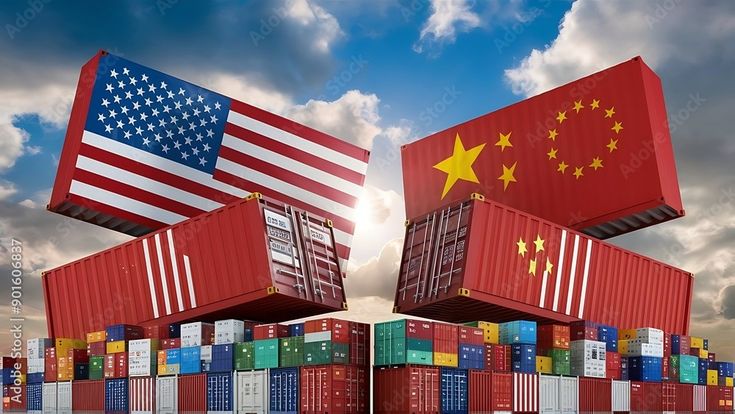
The Origins of the U.S.-China Trade Wars
The trade war between the U.S. and China officially began in 2018 under the administration of President Donald Trump. The U.S. accused China of unfair trade practices, including intellectual property theft, forced technology transfers, and massive trade imbalances. In response, the U.S. imposed tariffs on hundreds of billions of dollars worth of Chinese goods, which prompted retaliatory tariffs from China. Although there were temporary ceasefires and trade deals, including the “Phase One” trade agreement signed in early 2020, the broader tensions have persisted, with both nations continuing to vie for economic and geopolitical dominance.
In 2025, these tensions have not only persisted but have evolved in new ways. The issues that led to the trade war—such as technology competition, market access, and geopolitical influence—remain central to U.S.-China relations, even as both countries adjust to the post-pandemic global economy.
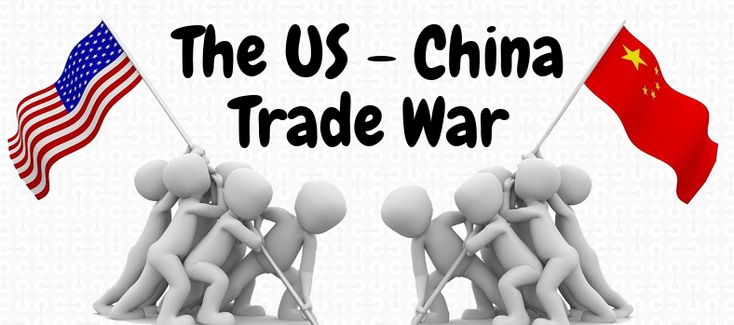
Impact on Global Diplomacy: Key Areas of Concern
1. Strain on Multilateral Trade Agreements
The U.S.-China trade war has strained existing multilateral trade agreements such as the World Trade Organization (WTO). With both nations having powerful economies, their actions have reverberated throughout global trade, affecting supply chains and creating uncertainty in markets across the world. Countries that rely heavily on trade with either the U.S. or China have found themselves caught in the middle, forced to take sides or adjust their trade strategies. In 2025, smaller economies, especially in Asia and Africa, are finding it increasingly difficult to navigate the pressure from both sides.
For example, in Southeast Asia, countries like Vietnam and Thailand have benefited from the trade war as they attract investment moving away from China. However, they are also under pressure to align themselves with either China or the U.S., which could shape their diplomatic stance and future trade relations.
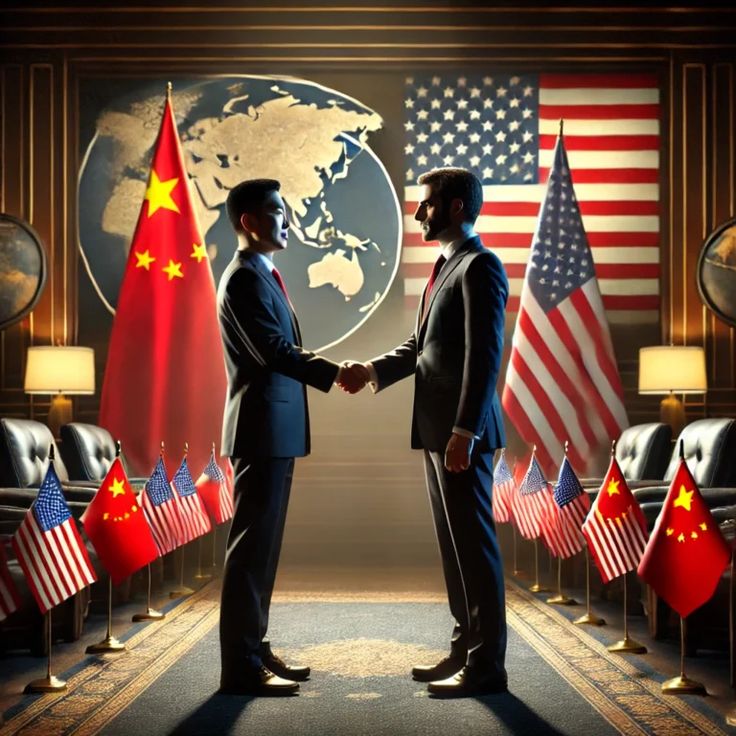
2. Shifts in Global Alliances
As the trade war continues, we see a shift in global alliances. Countries that traditionally relied on the U.S. for defense and economic cooperation are now balancing their relationships with China, which is increasingly seen as an economic superpower with an expanding global influence. This is particularly evident in the Indo-Pacific region, where countries like India and Australia are strengthening ties with both China and the U.S. to maintain stability and economic growth.
In Europe, while nations such as Germany and France maintain strong trade relations with China, they are also part of NATO and are aligned with the U.S. diplomatically. The tension between maintaining these dual relationships is becoming more complex as both superpowers push for greater influence.
China’s global trade network, particularly its Belt and Road Initiative (BRI), has further expanded its diplomatic footprint. In 2025, China’s economic influence continues to spread into regions like Africa, Latin America, and Central Asia, with countries increasingly choosing to align with China’s growing global leadership in return for infrastructure projects, trade deals, and loans.
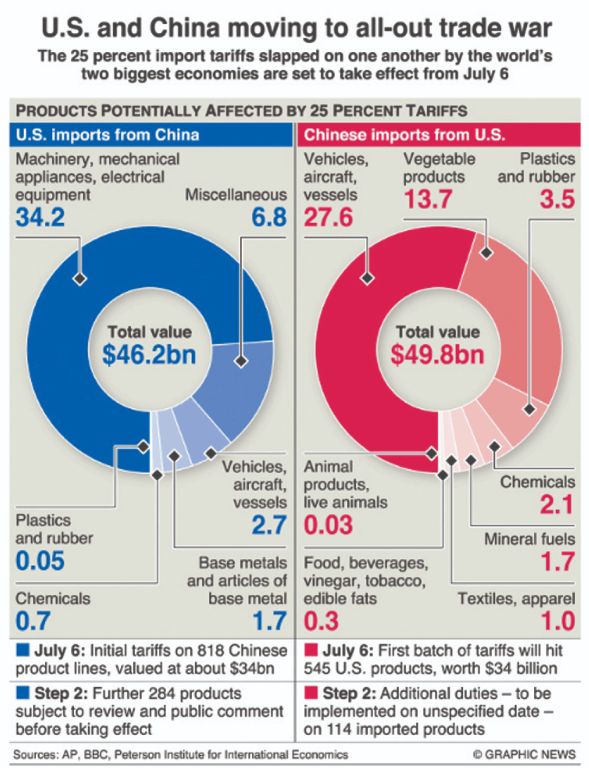
3. Geopolitical Tensions and the Tech Cold War
The U.S.-China trade war is also deeply intertwined with the growing technology rivalry between the two countries. As technology becomes a central element of global power, the U.S. and China have engaged in a “tech cold war,” competing for dominance in areas like 5G, artificial intelligence, and semiconductors. These areas are not only crucial for economic leadership but also for military and security purposes.
In 2025, this competition has escalated. Countries that previously relied on Chinese tech products, particularly in regions like Africa and Southeast Asia, now face pressure to choose between using Chinese technology or adhering to U.S. standards and security concerns. For instance, in countries like India and Australia, there have been debates over the inclusion of Huawei in 5G infrastructure projects, with diplomatic pressures from both the U.S. and China.
Moreover, the push for tech decoupling—where the U.S. and China develop separate technological ecosystems—has also led to tensions within global organizations like the United Nations and the WTO, as these bodies seek to establish international norms around technology use and intellectual property rights. The technology rivalry is further complicated by cybersecurity concerns, with both nations accusing each other of espionage and hacking.
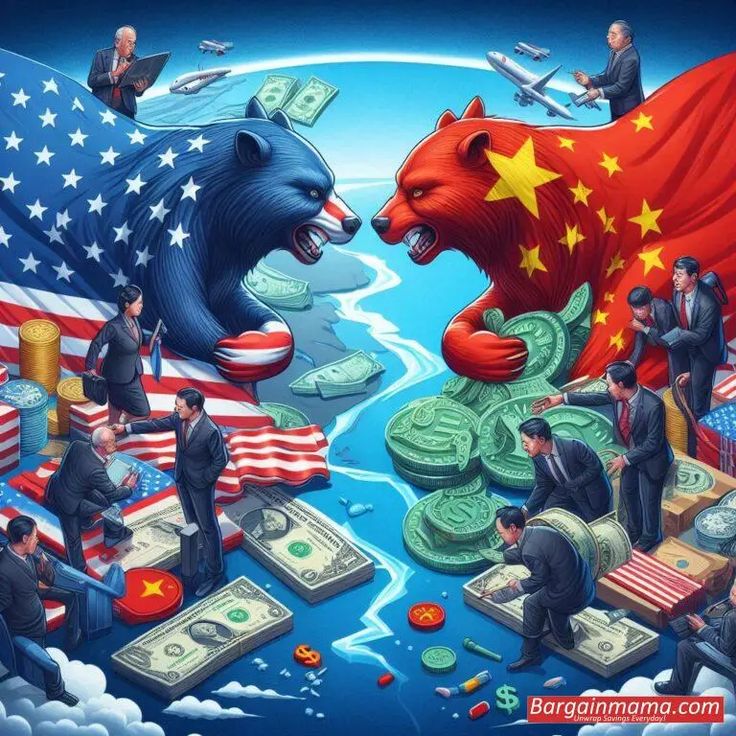
4. Economic Uncertainty and the Impact on Global Markets
The U.S.-China trade wars have created economic uncertainty that ripples through global markets. In 2025, countries that heavily rely on trade with China or the U.S. are still facing economic disruptions, particularly in the form of fluctuating tariffs, trade imbalances, and restricted market access. Industries such as manufacturing, automotive, and electronics are particularly vulnerable, with supply chains that span both countries.
The U.S. and China’s trade policies have also led to inflationary pressures in many developing economies, particularly those in Africa and Latin America that depend on Chinese exports or American aid. With global inflation rates rising and economic growth stalling in many regions, diplomatic efforts are now focusing on economic stabilization and ensuring trade agreements that promote multilateral cooperation.
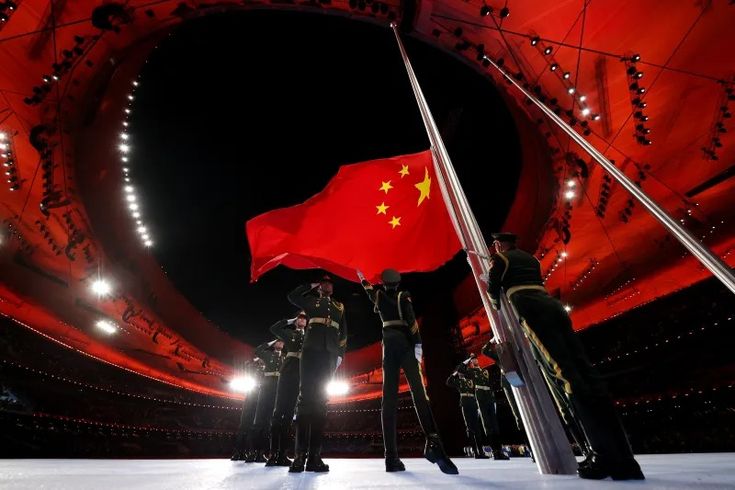
Conclusion: Navigating the Future of U.S.-China Relations
In 2025, the U.S.-China trade war continues to shape the landscape of global diplomacy. As both superpowers push forward with their respective economic and geopolitical agendas, smaller nations find themselves increasingly caught in the middle, forced to balance their alliances and interests carefully. The strain on multilateral agreements, shifting global alliances, and growing technological and economic rivalries all highlight the complexities of this ongoing conflict.
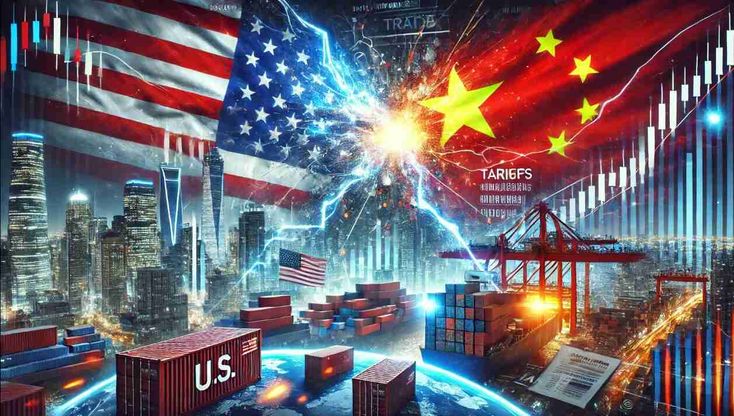
For global diplomacy, the trade wars have introduced a new era of uncertainty and competition. The challenge moving forward will be finding a way to navigate these tensions while maintaining open and constructive international relationships. How nations adapt to the evolving U.S.-China trade conflict will play a crucial role in determining the future of global diplomacy and international relations.
Author Profile
- Syed Tahir Abbas is a Master's student at Southwest University, Chongqing, specializing in international relations and sustainable development. His research focuses on U.S.-China diplomacy, global geopolitics, and the role of education in shaping international policies. Syed has contributed to academic discussions on political dynamics, economic growth, and sustainable energy, aiming to offer fresh insights into global affairs.
Latest entries
 Middle East & North AfricaJuly 20, 2025Israel Targets Damascus Amid Rising Tensions in Syria
Middle East & North AfricaJuly 20, 2025Israel Targets Damascus Amid Rising Tensions in Syria Middle East AffairsJuly 14, 2025An Open Letter from Gaza’s University Presidents: Resisting Scholasticide Through Education
Middle East AffairsJuly 14, 2025An Open Letter from Gaza’s University Presidents: Resisting Scholasticide Through Education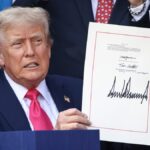 U.S. PolicyJuly 9, 2025Impacts of the One Big Beautiful Bill Act on the U.S. Mining Sector
U.S. PolicyJuly 9, 2025Impacts of the One Big Beautiful Bill Act on the U.S. Mining Sector Human RightsJuly 2, 2025Palestine Action Is a Moral Compass. That’s Why the UK
Human RightsJuly 2, 2025Palestine Action Is a Moral Compass. That’s Why the UK

